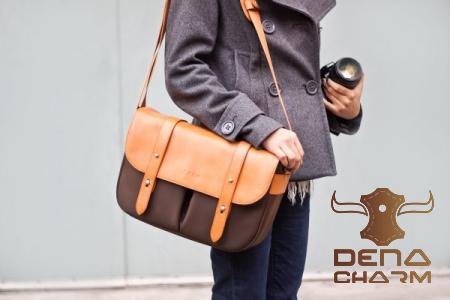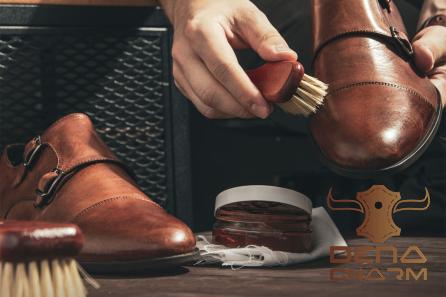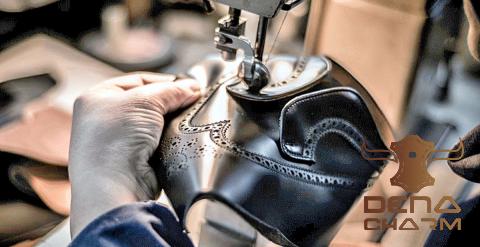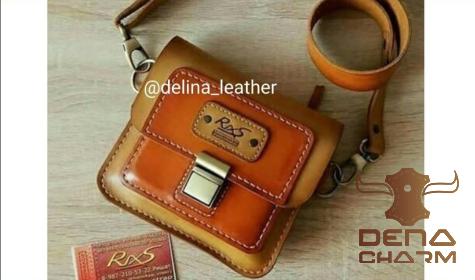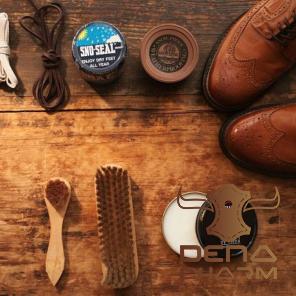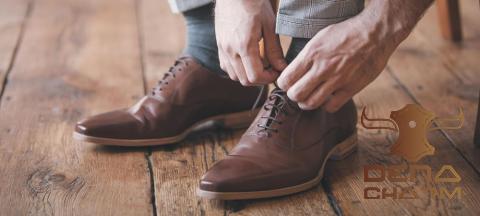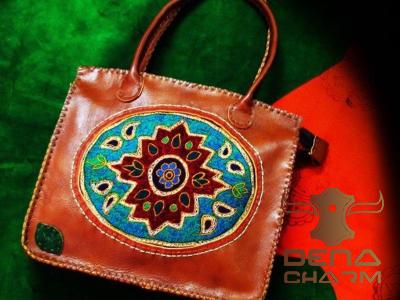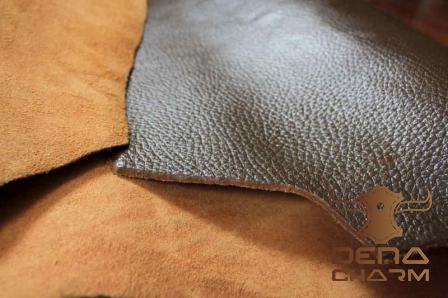Eco-Friendly and Stylish Introduction: With the growing demand for sustainable and cruelty-free alternatives, vegan leather material has emerged as a popular choice among conscious consumers. Made from a variety of plant-based materials, vegan leather provides an eco-friendly and stylish alternative to conventional leather. In this article, we will explore the price, features, and manufacturing process of vegan leather material. Price of Vegan Leather Material: One of the primary considerations for consumers when choosing vegan leather material is the price. Compared to genuine leather, which often comes with a hefty price tag, vegan leather is generally more affordable. The cost of vegan leather material varies depending on several factors, such as the brand, quality, and manufacturing process. However, it is widely available at competitive prices, making it accessible to a wider consumer base. Features of Vegan Leather Material: 1. Environmental Sustainability: A key reason why many individuals opt for vegan leather material is its positive impact on the environment. Traditional leather production involves the use of harsh chemicals and contributes to deforestation and pollution. In contrast, vegan leather is made from renewable and biodegradable resources, reducing its carbon footprint. By choosing vegan leather, consumers can contribute to the preservation of natural resources and mitigate climate change. 2. Cruelty-Free Alternative: One of the most crucial features of vegan leather material is its cruelty-free nature. Traditional leather production involves the slaughtering of animals, a practice that goes against ethical considerations. In contrast, vegan leather provides a compassionate alternative that eliminates harm to animals. By opting for vegan leather, consumers can enjoy stylish and high-quality products without compromising their principles. 3. Versatility and Durability: Vegan leather material offers a wide range of possibilities when it comes to design and applications. Whether it is used in fashion, furniture, or accessories, vegan leather provides versatility in its texture, color, and patterns. Furthermore, with advancements in technology, vegan leather has become increasingly durable, with many options now matching or even surpassing the durability of genuine leather. This durability ensures that products made from vegan leather last longer, minimizing waste and reducing the need for frequent replacements. How to Make Vegan Leather Material: 1. Natural Materials: Vegan leather material can be made using a variety of plant-based materials, such as pineapple fibers, mushroom mycelium, or apple peels. These natural materials are carefully processed to create a textile that mimics the appearance and texture of traditional leather. For instance, pineapple fibers are extracted and transformed into a leather-like material, known as Piñatex, which is then used to make fashion accessories and upholstery. 2. Synthetic Materials: Synthetic vegan leather, also known as faux or PU leather, is made using petroleum-based materials. While it may not be as sustainable as plant-based vegan leather, it provides an alternative for those seeking a cruelty-free option. Synthetic vegan leather is created by layering a fabric base with a polyurethane coating, resulting in a leather-like texture. This type of vegan leather is commonly used in the fashion industry for clothing, bags, and footwear. Conclusion: As consumers become more conscious about the environmental impact of their choices, the demand for vegan leather material continues to rise. With its affordable price, environmentally-friendly features, and cruelty-free nature, vegan leather presents a viable alternative to traditional leather that satisfies both style and ethical considerations. By embracing vegan leather, individuals can contribute to a more sustainable and compassionate future without compromising on quality or fashion.3. Innovative Alternatives: Apart from natural and synthetic materials, there are other innovative approaches to creating vegan leather material. Biotechnology and lab-grown leather are emerging as exciting possibilities. Researchers are exploring the use of cellular agriculture to culture leather-like materials without the need for animal involvement. By growing cells in a controlled environment, scientists can create leather-like materials that mimic the texture and appearance of traditional leather. This approach offers a sustainable and cruelty-free option for fashion and other industries. 4. Recycling and Upcycling: Another aspect of vegan leather material production is the use of recycled and upcycled materials. Some companies are utilizing materials such as recycled plastics, rubber, or discarded garments to create vegan leather alternatives. By repurposing waste materials, these companies contribute to reducing environmental impact and waste. 5. Manufacturing Process: The manufacturing process for vegan leather material varies depending on the specific material being used. For plant-based vegan leather, the natural materials are processed, refined, and treated to create a textile that closely resembles traditional leather. This can involve mechanical processes, such as carding and felting, as well as chemical treatments to enhance durability and mimic the texture of animal leather. In the case of synthetic vegan leather, a fabric base is coated with a layer of polyurethane or other synthetic materials to create a leather-like texture. This process may involve a combination of chemical treatments to achieve the desired look and feel. In both cases, the manufacturing process for vegan leather employs a mix of traditional textile production methods with innovative techniques specific to vegan materials. Quality control and testing procedures are also implemented to ensure that the final product meets the required standards. Conclusion: Vegan leather material offers an attractive and eco-friendly alternative to traditional leather. With its affordable price, versatile features, and sustainable manufacturing processes, it appeals to consumers who prioritize ethical choices and environmental stewardship. From plant-based options like pineapple fibers and mushroom mycelium to synthetic alternatives, there is a wide range of vegan leather materials available to meet various needs and preferences. As the demand for cruelty-free and sustainable products continues to grow, the vegan leather industry has seen significant advancements in terms of quality and variety. Through innovative approaches like lab-grown leather or recycling/upcycling, manufacturers are pushing the boundaries of what is possible in the realm of vegan leather. By embracing vegan leather materials, businesses can align with the values of their environmentally-conscious customers and contribute to a more sustainable future. Whether it’s through fashion, furnishings, or accessories, vegan leather offers a stylish and ethical choice that does not compromise on quality or durability. As more research and development take place, we can expect further improvements in the production processes and materials used for vegan leather. As a result, vegan leather will continue to gain popularity and market share, making it a sustainable and responsible option for businesses and consumers alike.
